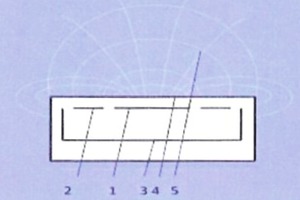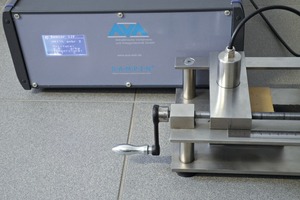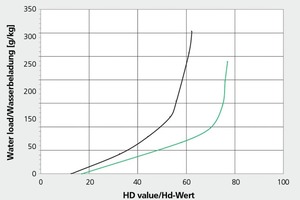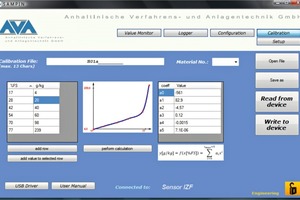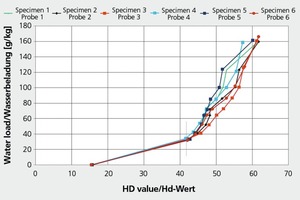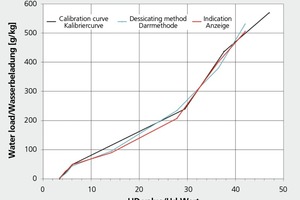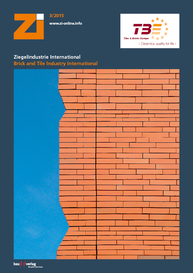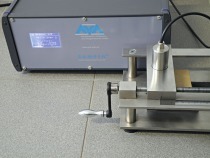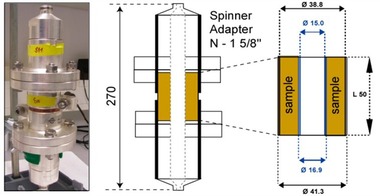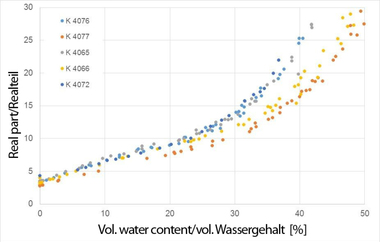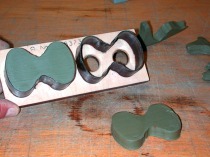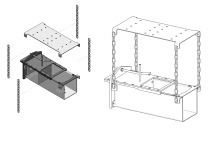Measuring material moisture in the brick and tile industry
The object of investigation was to determine how well the moisture content of drying green bodies and fired bricks can be measured using a capacitive moisture sensor. The water content of raw materials and of fired bricks actually can be determined by means of a moisture sensor. Due to the shrinkage involved in the drying of green bricks, however, the use of capacitive means to measure their moisture content is not entirely suitable. Once shrinkage ends, however, the residual water load can be determined with a moisture sensor.
1 Introduction
Most steps of the production process are decisively dependent on the moisture content of the material. For example, the moisture content of the raw material affects the water content of the extrusion compound. Continuous monitoring of raw material moisture enables systematic control for closely maintaining the initial water content and, hence, ensuring process reliability. During the drying process, in-line material moisture measurement facilitates continuous monitoring of progress made. The drying process therefore can be improved by appropriate metrological means. Hence, the...

![»1 Material measuring techniques according to action principle [1]](https://www.zi-online.info/imgs/tok_39530626f56651cb192d25b719e3531c/w300_h200_x251_y192_101487903_85d1cb60d7.jpg)
